No products in the cart.
Home Improvement, Lawn and Gardening, Plants and Planters, Plants Saplings
Philodendron Dark Lord Plant
NPR 1,000.00 NPR 1,100.00
Philodendron Dark Lord belongs to the Philodendron genus in the Araceae family which contains more than 3000 known plants. It is native to the tropical rainforests of Colombia and Panama and is a hybrid variety of the Red Philodendron erubescens and Philodendron hederaceum. The Dark Lord belongs to the non-lacy leaf variety. Philodendrons are aroids, which means that they produce flowers that grow on an inflorescence.
Facts About Philodendron Dark Lord
- Growth: They are fairly fast growers like most erubescens and can easily double in size in a year.
- Scientific Name: Philodendron Erubescens Dark Lord
- Toxicity: They are toxic to pets if eaten, and can cause vomiting and numbness. So seek the vet’s advice immediately if your pet eats any.
- Other Names: Philodendron Black Lord, Philodendron Erubescens Dark Lord
Care Tips of Philodendron Dark Lord
- Light: The philodendron Dark Lord is a tropical plant that requires bright, indirect sunlight to thrive. It is best to place it near a window where it can receive plenty of light without being directly in the path of the sun’s rays. 70-80% of bright indirect sunlightis ideal for it. A south-facing window is usually the best option for your plant. 2-3 hours of direct morning sunlight won’t do any harm. Generally, 8-10 hours of daily indirect light is best for it to grow healthy and large.
- Soil: A well-draining, nutrient-rich, dry potting mix with a pH of 5.5-7.5 is ideal. A soil mix that is too dense will not drain the water efficiently and cause a deficiency of oxygen, ultimately leading to root rot. The peat moss will help drainage and aeration, while the perlite will provide structure and support. The all-purpose soil will add nutrients, and the vermiculite will hold moisture. It’s essential to have good soil to provide Philodendron Dark Lord with the nutrients it needs to grow. Starting with the right soil mixture will ensure that your plant is healthy and has a strong foundation.
- Water: Philodendron Dark Lord should be watered when the top 1-2 inches of soil is dry to touch. The watering frequency will vary depending on the amount of light your plant receives, the size and type of pot it is planted in, and the kind of potting mix. If it is planted in smaller pots, it would need to be watered more frequently than those grown in larger pots. Philodendrons planted in well-draining potting mixes with lots of organic matter will need to be watered less often than those planted in poorly draining potting mixes. It is very efficient in storing water, so it’s better to underwater than overwater your plant. Overwatering will result in yellowing and wilting of leaves, stunted growth, and in extreme cases, root rot.
- Fertilizer: Philodendron Dark Lord is not a heavy feeder, but it will benefit from being fertilized once a month during the spring and summer months when it is actively growing. Be sure to dilute the fertilizer to half the recommended strength before applying it to your plant. Fertilize the plant almost 6 inches from the stem, so you don’t burn the roots.
- Temperature: The philodendron Dark Lord is a tropical plant that prefers warm, humid conditions and prefers an indoor temperature of 70-85 degrees Fahrenheit (21-29 degrees Celsius). If your plant is exposed to temperatures below 55 degrees Fahrenheit (12.5 degrees Celsius), it may suffer from frost damage.
- Humidity: The Dark Lord plant prefers humid conditions with relative humidity above 70%. However, it thrives well at a room’s average humidity level (40-50%) too. With high humid conditions, this plant grows faster and healthier. Brown, dry leaves indicate that the air is too dry for your plant. A humidifier will help increase the air’s humidity and prevent the leaves from drying out. Using this during the winter months will be especially helpful in preventing the leaves from drying out.
- Pruning: Philodendron Dark Lord does not require much pruning, but it will benefit from being trimmed back when it gets too big or starts to look leggy. It can be trimmed back by up to one-third of its total length. When trimming your plant, use sharp, clean shears or knives. Cut off yellow, brown, or dead leaves and leggy stems.
- Repotting: The Philodendron Dark Lord plant does not bother you to repot them too often. They can stay in the same pot for 2- years. Check if the plant is becoming root bound, then it’s time to move them to a bigger pot as being root bound for too long can stunt its growth.
- Propagation: Stem cutting is the easiest and most successful way to propagate your Philodendron Dark Lord and grow your tropical plants’ collection.
- Growth: The Philodendron Dark Lord is a fast-growing plant and can grow up to 24 inches per year. They can reach a height of 12-15 feet and a width of 12 feet in ideal growing conditions. In a home environment, they are typically much smaller, reaching a height of only a few feet.
- Pet Safety: Philodendron Dark Lord contains calcium oxalate crystals that are toxic to pets and humans if ingested. It can cause burning and swelling of the lips, tongue, and throat. It can also cause difficulty swallowing, vomiting, and diarrhea.
- Common Problems: One of the most common problems with the Dark Lord is brown or yellow leaves. This can be caused by several factors, including too much direct sunlight, low humidity, or pests.
- Pests and Diseases: Philodendron Dark Lord is relatively resistant to pests and diseases but can be susceptible to mealybugs, spider mites, and whiteflies. These pests can cause your plant’s leaves to turn yellow or brown. If you see any pests on your plant, you can remove them by hand or treat the plant with insecticidal soap.
Based on 0 reviews
Only logged in customers who have purchased this product may leave a review.
Vendor Information
- Store Name: Ajambari
- Vendor: Ajambari
- No ratings found yet!


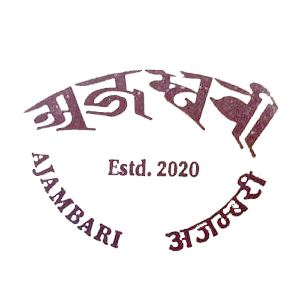
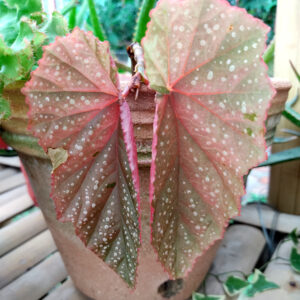
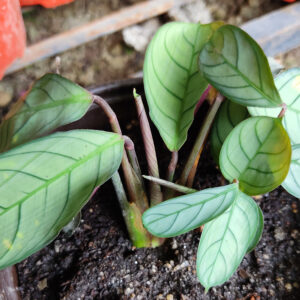

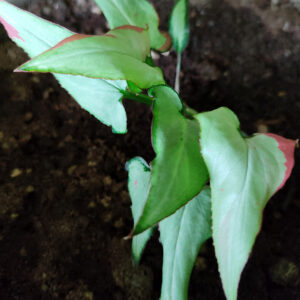
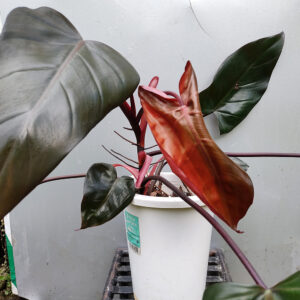
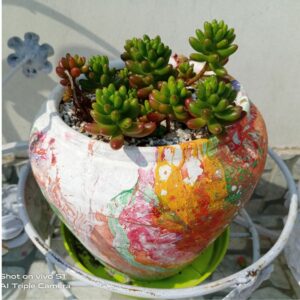

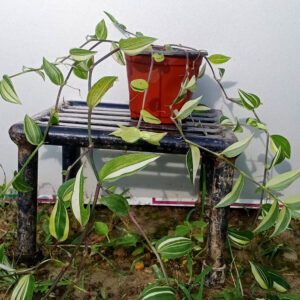
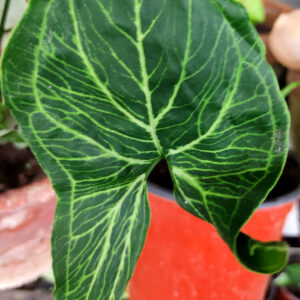

There are no reviews yet.